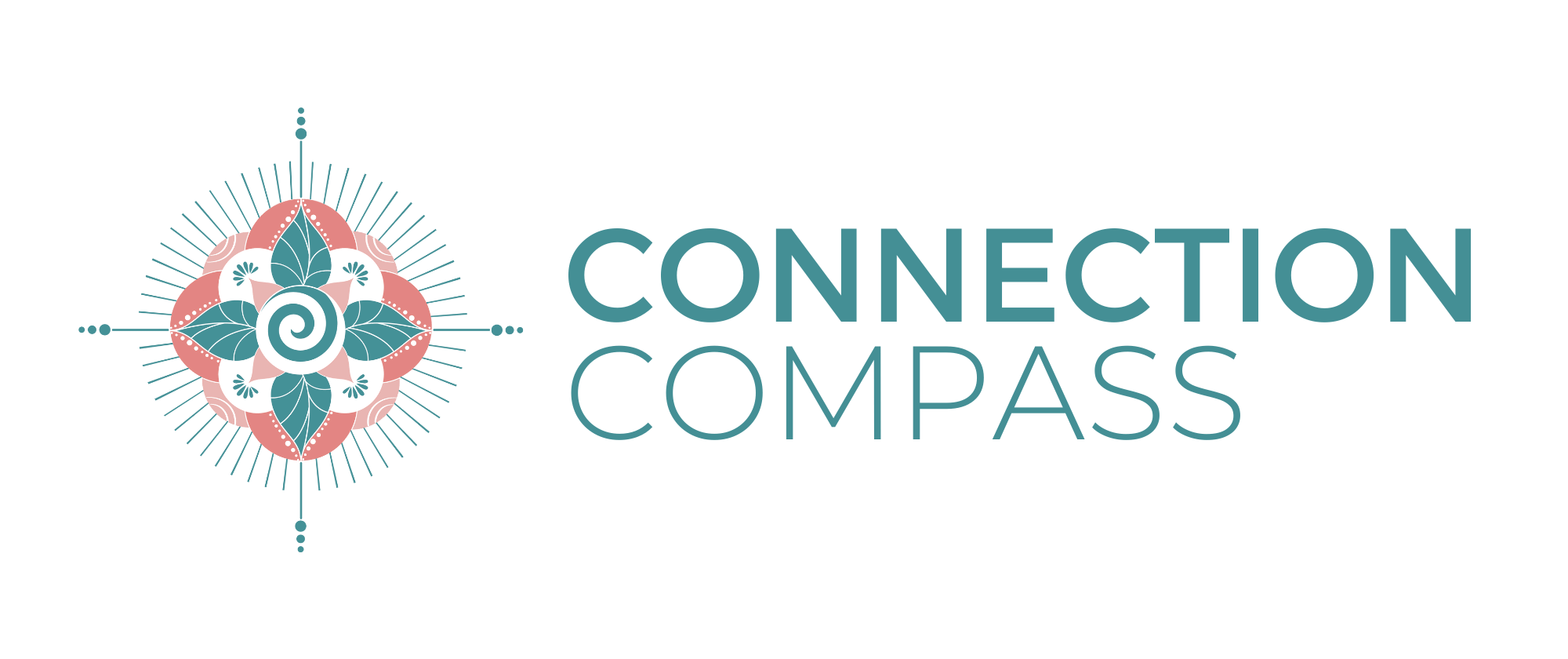
Life Is Fulfilling, Until It’s Not: How To Tap Into Your Inner Strengths
Pursuing a fulfilling life is something most of us aspire to. But what if sometimes things get bumpy along the road?
Is living a fulfilling life something you are pursuing? For example, maybe you are in a committed relationship, or raising a family, or pursuing a meaningful career, or creating art, or partaking in conservation work, or doing something else that provides you with fulfilment.
And, when we talk about fulfilment, often the kinds of feelings that arise are good-feeling ones such as contentment, a feeling of completeness, a sense of connection, a sense of contributing to something greater than us.
That sounds pretty awesome, doesn’t it? Certainly something worth striving for.
Then, why does it feel like life can be a struggle sometimes, even when you’re on a pathway of fulfillment?
For example:
- Have you ever felt worn down from the day-to-day with your kids? Refereeing your children’s squabbles, needing to coach and motivate your kids through every step of the day (have you tidied your room, brushed your teeth, fed the dog etc).
- Or maybe you’ve experienced a tough patch at work? The work may be meaningful, but right now it feels like you’re in an endless hard slog.
- Or perhaps building your business has felt too hard and overwhelming on more days than some?
As we go through life, we face an endless stream of both rewards and challenges/vulnerabilities. Unfortunately, even if we are on a pathway of fulfillment, it’s not all smooth sailing along calm waters – we will often run into obstacles to navigate around. And in some scenarios, such as parenting, we may face that daily.
It can be physically and emotionally taxing, when you’re leading a life you’re truly grateful for and is meaningful, but you still feel worn down, burnt out and overwhelm.
What can you do?
Acknowledge
Firstly, acknowledge that you feel how you feel. In our society we are quick to dismiss our feelings or sweep them under the carpet: “I shouldn’t be feeling this way.”
Don’t be a “should head”. If you find yourself “shoulding” – know there is always something to examine there.
Who says you “shouldn’t” be feeling that way? You might find that it’s actually a completely normal response to what’s happening in your life.
When you name and acknowledge what you are feeling, then you can move on to the next step: drawing upon resources to bolster your inner strength.
Tap into resources that draw upon your inner strength
There are many resources available to help you when you are feeling worn down, burnt out and overwhelmed. Some of these may be external, such as hiring a babysitter for your kids so you can have some time to yourself, but what we’ll focus on today are internal resources. These are the resources that you have inside you – meaning you can access them at all times, they are within your control and can bring about a change in your state relatively quickly.
According to one of the world’s leading psychologists, Dr Rick Hanson, inner strength resources can mean drawing on things such as:
- Capabilities: e.g. mindfulness, emotional intelligence, resilience
- Positive emotions: e.g. gratitude, love, self-compassion
- Attitudes: e.g. openness, confidence, determination
- Somatic inclinations: e.g. relaxation, grit
- Virtues: e.g. generosity, courage, wisdom
Below, we’ll go through a few activities that help you draw upon these inner strengths. Importantly, some of the activities can be done anywhere and anytime.
Breathe and soften
The humble deep breath is one of the easiest yet potent resources at your disposal. Breathing exercises can give your physical and emotional body a reset. By activating the parasympathetic nervous system, breathing exercises can take you from a fight or flight response to a more softened rest and digest response. Deep breathing calms the mind and body by lowering blood pressure and heart rate and reducing stress hormones.
It seems, however, that despite how potent conscious breathwork is, a surprisingly high number of people find it difficult and stressful to engage in breathing exercises. There can be concern about whether they are doing it right.
So, today, let’s focus on this mindful breathing exercise by Buddhist teacher, Thich Nhat Hanh. It involves narrating your in and out breath, and then simply letting your breath follow the words. This can take out the overthinking that can be associated with breathwork.
Breathe in, I know I’m breathing in.
Breathe out, I know I’m breathing out.
Breathe in, I know I’m breathing in.
Breathe out, I know I’m breathing out.
The fantastic part of this exercise is you can do it practically anywhere – at your desk at work, on the commute home, and no one around you is any wiser.
Meditation
Similarly, taking a few moments to sit quietly can provide your whole system reset. By quietening your mind, you interrupt the thought patterns that are causing stress. Meditation is far from a ‘woo-woo’ concept these days, with vast scientifically-proven benefits such as reducing stress, managing anxiety, improving mental health, improving sleep and controlling pain.
If you have time and space, you may like to follow a free guided meditation using an app such as Insight Timer or listen to nature sounds or an ambient song on Spotify. Otherwise, you can simply sit quietly for a few minutes, observing the sounds from the outside world, noticing sensations in your body, while letting go of any thoughts that pop up (and it’s almost certain that thoughts will pop up!)
After practicing meditation you may find that your outlook on the situation has changed, and you are better able to cope or come up with a solution or idea that can help you move forward.
Ask yourself what you need, and then find a way to access the feeling of it right now
To explain this exercise, I’ll provide you an example from my own personal experience. The situation was this: It was school holidays, the kids had been squabbling all day, complaining about their feelings of boredom, and had now made an epic mess that was too hard for them to clean up.
In this situation, I could feel that my energy levels were low and I was about to snap. In asking the question, What do I need? I was able to ascertain I needed some peace and quiet. Unfortunately, the kids weren’t going anywhere!
To access the feeling of peace and quiet, I put on an audio story for the kids to listen to.
For those short few minutes, I then focused on something to reenergize my batteries. Such as sitting down still, closing my eyes, breathing in deeply for a few minutes. Then made a cup of tea and sat in my favourite spot to just decompress and daydream, while staring out into my garden.
(I am the first to admit that it’s tempting to use this time to jump on your phone, get on the laptop to catch up on work and check emails, or do some life admin. However, set an intention to use those moments to gain the feeling you’re seeking.)
The audio finished, the chaos continued, but by taking a few moments to access the feelings of peace and quiet, I was no longer as frazzled as I was, and was able to engage with the children differently and with more patience.
Look for what you can appreciate
There is a whole science to gratitude and appreciation also. When we activate gratitude and appreciation, our brain releases feel good hormones such as dopamine and serotonin, two crucial neurotransmitters responsible for our emotions. We also experience better physical and psychological health, as well as increased happiness and life satisfaction.
In the case of feeling worn out, burnt out and overwhelmed, the key is to not necessarily look for what you appreciate in the situation itself (as that can be too loaded). Instead, go broader and look at things you can appreciate in general. For example, a good friend whose company you enjoy, sunshine after a few days of rain, eating a delicious and healthy lunch, etc.
By going general with your appreciation, you loosen the grip of the situation at hand – i.e. that which is troubling you. Going general in your appreciation enables you to widen your perspective and create a shift in your thinking and feeling states, as you realise all the things that you are grateful for in your life.
Turns out this fulfilling life you’re leading is going well after all. Just remember it’s normal and natural that speedbumps appear along the way. Thankfully, you have a well-spring of inner strength resources within you, if only you stop and recalibrate with exercises that draw them out.
If you are noticing you’re struggling in the day-to-day of leading your meaningful, purposeful and fulfilling life, and would like extra support, consider booking in for a coaching session. Alternatively, join the 7-day online program to Cultivate the Connected Life You Crave, where we dive deeper into building your inner strength and fostering connection across the four areas of the Connection Compass.
Cherie Pasion
Cherie Pasion is the founder of Connection Compass, providing coaching for women wanting to live a connection-filled life. A certified life coach and behaviour change specialist, Cherie has run award-winning behaviour change programs helping thousands of people across Australia. Cherie holds a Master of Social Science, Bachelor of Business, and Diplomas of Neuro Linguistic Programming and Shinrin Yoku (Forest Bathing). Cherie is also an internationally-published author.Sign up for our newsletter
Let's connect
Connection Compass acknowledges the Turrbal and Jagara people, the Traditional Custodians of the land on which we work, live, and gather. We pay our respect to Elders past, present and emerging, and draw inspiration from their connection to Country, community and spirit.


